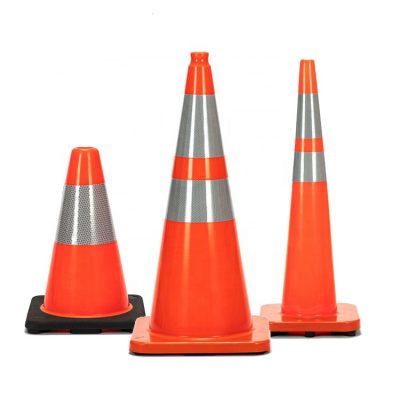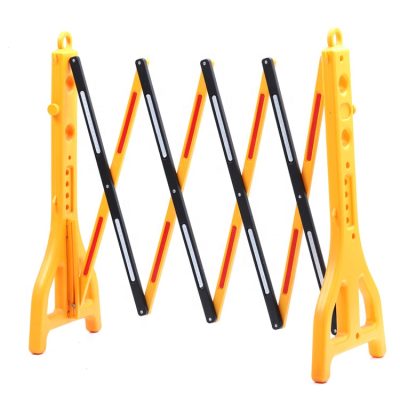Understanding the colors of traffic signals is crucial for safe driving and pedestrian behavior. Traffic signals use a standardized color code to convey specific instructions to road users. Here’s what each color means:
- Red Light:
- Meaning: A red light indicates that you must come to a complete stop. It is used to control traffic and prevent vehicles from entering an intersection when it is not safe to do so.
- Action for Drivers: Stop your vehicle behind the white stop line or, if there is no line, at a safe distance before the intersection. You must remain stopped until the light changes to green or a green arrow (if turning), and it is safe to proceed.
- Yellow (Amber) Light:
- Meaning: A yellow light serves as a warning that the green signal is about to change to red. It signals drivers to slow down and prepare to stop if they can do so safely.
- Action for Drivers: You should not enter an intersection when the light is yellow unless you are too close to stop safely. In that case, proceed with caution but be prepared to stop.
- Green Light:
- Meaning: A green light means you can proceed through the intersection if it is clear and safe to do so. It indicates that you have the right-of-way.
- Action for Drivers: You can proceed through the intersection, but you should still exercise caution and yield to any vehicles or pedestrians already in the intersection if necessary.
- Flashing Red Light:
- Meaning: A flashing red light is similar to a stop sign. It means you must come to a complete stop, yield the right-of-way to all other traffic, and proceed when it is safe to do so.
- Action for Drivers: Treat a flashing red light like a stop sign. Come to a full stop, look for oncoming traffic, and proceed when the way is clear.
- Flashing Yellow (Amber) Light:
- Meaning: A flashing yellow light is a cautionary signal. It warns drivers to slow down and be prepared to yield to other vehicles or pedestrians.
- Action for Drivers: Proceed with caution, but be prepared to yield to any oncoming traffic or pedestrians. You do not need to come to a complete stop unless it is necessary for safety.
- Green Arrow:
- Meaning: A green arrow, often accompanied by a red or yellow light, indicates a protected turn. It allows vehicles to turn in the direction of the arrow while oncoming traffic is stopped.
- Action for Drivers: You have the right-of-way to make the indicated turn, but you must still yield to any pedestrians and vehicles already in the intersection.
- Yellow Arrow:
- Meaning: A yellow arrow, like a yellow light, warns that the green arrow is about to change to red. It signals drivers to prepare to stop or complete their turn if it can be done safely.
- Action for Drivers: If you are already in the intersection and making a turn when the yellow arrow appears, you can complete your turn safely. If you have not started the turn, you should prepare to stop.
Understanding these traffic signal colors and their meanings is crucial for safe and responsible driving. Always obey traffic signals to prevent accidents and ensure the orderly flow of traffic.
























